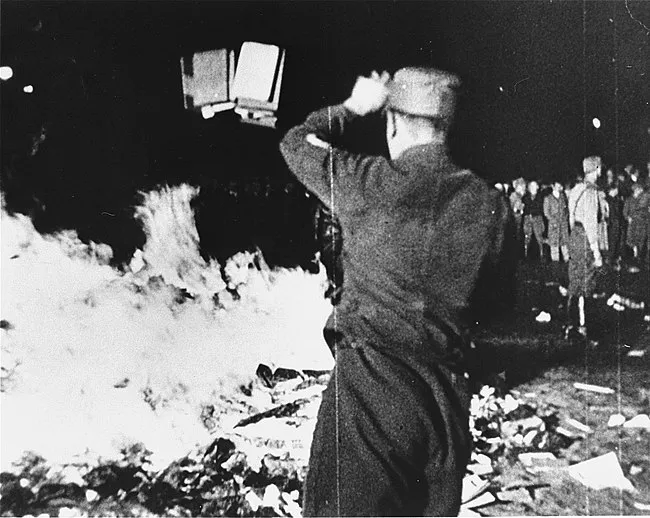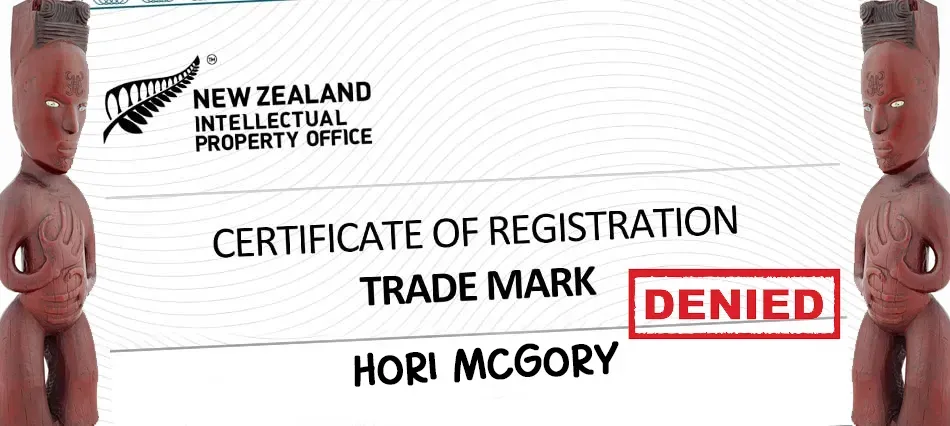Book burning refers to the ritual destruction by fire of books or other written materials. Usually carried out in a public context, the burning of books represents one element of censorship and usually proceeds from a cultural, religious, or political opposition to the materials in question.
Book burning has a long and dark history.
Fire Oaths | Holocaust Encyclopedia (ushmm.org)
The suppression and destruction of so-called ‘disinformation’ is not new. Book burning has been around for thousands of years. In modern times the amount of information available to us on the internet can make it appear to be a dangerous threat to a totalitarian regime.
According to the Sima Qian‘s Records of the Grand Historian (Shiji), after Qin Shi Huang, the first emperor of China, unified China in 221 BCE, his chancellor Li Si suggested suppressing intellectual discourse to unify thought and political opinion.
Chancellor Li Si said: “I, your servant, propose that all historians’ records other than those of Qin‘s be burned. With the exception of the academics whose duty includes possessing books, if anyone under heaven has copies of the Shi Jing [Classic of Poetry], the Shujing [Classic of History], or the writings of the hundred schools of philosophy, they shall deliver them (the books) to the governor or the commandant for burning. Anyone who dares to discuss the Shi Jing or the Classic of History shall be publicly executed. Anyone who uses history to criticize the present shall have his family executed. Any official who sees the violations but fails to report them is equally guilty. Anyone who has failed to burn the books after thirty days of this announcement shall be subjected to tattooing and be sent to build the Great Wall. The books that have exemption are those on medicine, divination, agriculture, and forestry. Those who have interest in laws shall instead study from officials.
Burning of books and burying of scholars – Wikipedia
And so it was that books were put to the flame. A bonfire of knowledge and thought at odds with the wishes of the ruler. Unacceptable academics were ‘vanished.’
And so we had the Nazis burning books, and again “when Mao Zedong took power in China and implemented the Cultural Revolution, any book that didn’t conform to party propaganda like those promoting capitalism or other dangerous ideas, were destroyed. More recently, the Jaffna Public Library of Sri Lanka – home to nearly 100,000 rare books of Tamil history and literature – was burned by Sinhalese Buddhists. The Sinhalese felt their Buddhist beliefs were under threat by the Hinduism of Tamils, even though they outnumbered the Tamils.”
As author Barbara Tuchman said in her 1980 address at the Library of Congress, “Books are the carriers of civilisation. Without books, history is silent, literature dumb, science crippled, thought and speculation at a standstill. Without books, the development of civilisation would have been impossible.”
Less violent censorship than bonfires has always applied to books. Among thousands of others, rewritten if not permanently removed from circulation and, recently, the works of Enid Blyton, now under scrutiny and revision: “The publisher of the Famous Five series by Enid Blyton has confirmed it will continue to rewrite the classic children’s books to remove any ‘offensive terms‘ (emphasis as written) as part of an ‘ongoing process’”.
And today we are being subjected to the scrutiny of the ‘Disinformation Project’.
As Jacinda Ardern said following the Wellington Protest:
One day it will be our job to try and understand how a group of people could succumb to such wild and dangerous mis and disinformation. And while many of us have seen that disinformation and dismissed it as conspiracy theory, a small portion of our society have not only believed it, they have acted upon it in an extreme and violent way that cannot stand. We have a difficult journey in front of us to address the underlying cause of what we have seen here today.
The Disinformation ProjectStudying information disorder ecologies (thedisinfoproject.org)
That the so-called ‘conspiracy theories’, ‘wild and dangerous mis- and disinformation’ have in the main been proved correct, matters not one whit to this Government and its quangos. If you dare to disagree with the Government’s narrative, you are automatically a conspiracy theorist and subject to scrutiny.
As Australia’s Sky News Daisy Cousens put it so beautifully:
Ardern’s war on ‘disinformation’ is a thinly-veiled attempt to ban the opinions of anyone who disagrees with her. The words “misinformation” and “disinformation” have been rendered almost meaningless in recent years, thanks to leftist leaders using them relentlessly to silence other points of view.
Daisy Cousens went on to say, “She [Jacinda Ardern] also likened internet speech to weapons of mass destruction; claiming nuclear weapons are now accompanied by ‘prolific disinformation’ and the ‘manipulation of whole communities and societies’.
“According to Ardern, online speech she doesn’t agree with is a weapon of war.”
And here we are back at the beginning of the book burning and its use as a weapon of war. It is control, intolerance, and censorship. And the world has known it and is again knowing it, this time via the internet.
How insidiously does the disinformation project manipulate and expunge information it does not wish to have available to us? This is tyranny. The end result is the same: book burning is to books what censorship is to the internet.
Her research interests include gender, ‘race’, eugenics, colonization [sic] and white supremacism in historic and contemporary science and technology cultures and subcultures.
The project has been observing disinformation since the beginning of the pandemic, director Kate Hannah told Kathryn Ryan, gathering qualitative and quantitative data from a variety of sites.
The Disinformation ProjectStudying information disorder ecologiesAbout us (thedisinfoproject.org)
For those mainstream social media platforms like Facebook, Instagram, YouTube and Twitter, it’s gathered using CrowdTangle, which is a Facebook built tool for studying Facebook pages and groups.
And then we also have a rich text approach. So, we analyse the content of some of those open posts, and also the content of things like flyers, billboards, placards, and signs, WhatsApp messages and emails that sometimes members of the public send us as examples of misinformation that they’ve received or people they love have received.
NZ’s ‘disinformation dozen’ | RNZ
The Disinformation project leaves no stone unturned.
And so as Qin Shi Huang, chancellor Li Si, for the first emperor of China said, suppression of intellectual discourse is to unify thought and political opinion.
Jacinda Ardern couldn’t have put it better herself.









